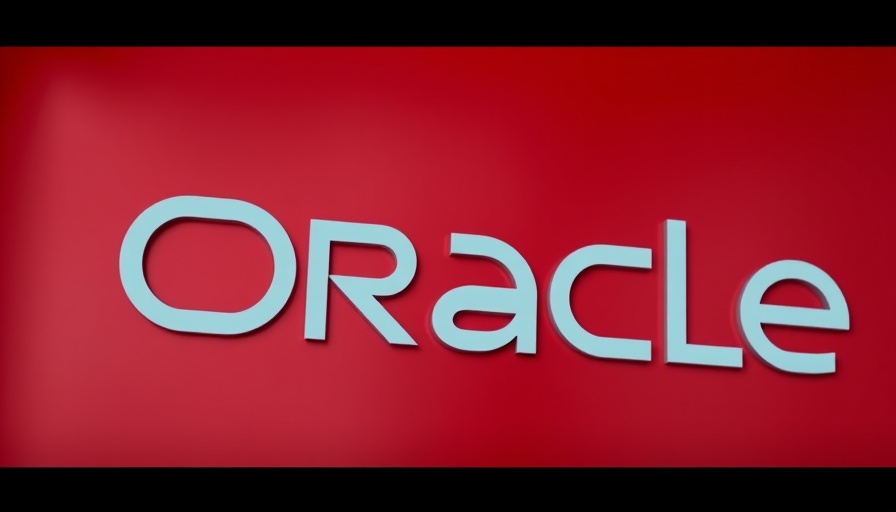
The Hidden Wealth Surge at Oracle
In a stunning turnaround that even the most seasoned investors couldn't predict, Oracle Corporation has experienced a meteoric rise in its stock value, creating overnight millionaires among its younger tech workforce. This phenomenon, sparked by Oracle's recent major investments in artificial intelligence and cloud computing, has showcased how employee benefits, particularly restricted stock units (RSUs), can transform the financial landscape for tech professionals. As reports indicate, many young Oracle employees, some fresh out of top engineering colleges, are now boasting net worths exceeding Rs 1 crore simply by holding onto their stock units.
Understanding RSUs and Their Impact
Restricted stock units are not just additional perks; they're a crucial part of compensation strategies within tech companies. At Oracle, these units are tied into the employees' broader compensation packages, making them feel valued and engaged while fuelling the company's growth ambitions. As one young employee noted, the sense of financial security that comes with being a millionaire, even at a young age, can provide an incredible motivation to innovate and work harder, impacting overall organizational productivity and employee satisfaction.
The Ripple Effect on Employee Engagement
This sudden wealth surge is not just a windfall for individuals; it may have broader implications for employee engagement across the industry. When employees see direct financial benefits from their contributions, it fosters loyalty and can enhance retention strategies. As compensation benchmarking becomes increasingly central during discussions among HR professionals, Oracle's recent experience could encourage other companies to evaluate their own compensation strategies carefully to remain competitive in attracting top talents.
Current Events and Their Relevance
With Oracle recently announcing significant multi-billion dollar deals in AI cloud solutions, the timing of the stock surge couldn’t have been more fortuitous. It's events like these that shape the tech industry's landscape and show the importance of staying informed about current trends in HR technology and payroll management. For professionals in the field, understanding market movements and their impact on employee benefits administration is crucial for optimizing compensation strategies.
The Case for Transparency
As HR professionals reflect on these events, transparency emerges as a key theme. Ensuring that employees understand their RSUs and how they correlate with the company's financial performance encourages a culture of openness and trust. This, in turn, facilitates better workforce planning and can lead to enhanced employee engagement through shared goals and more robust internal communication.
Future Predictions: What Lies Ahead?
Looking forward, what does Oracle's rise say about the future of tech employment and compensation? As more companies adopt similar strategies, leveraging HSIs and involvement in cutting-edge projects, we may see a shift in how young technologists perceive their value—not just in paycheck terms but in the wealth-building potential their stock compensation provides. By 2027, experts predict the values of these RSUs held by Oracle employees could exceed Rs 2 crore, setting a new standard in tech compensation.
Embracing the Financial Transformation
What can professionals and companies learn from Oracle's rapid success? The key takeaway is the power of strategic compensation and its role in driving employee motivation and engagement. By implementing thoughtful compensation strategies and considering innovations in HR technology, companies can navigate the complexities of workforce management. Moreover, it emphasizes the need for payroll compliance and effective administrative practices to support such compensation models.
Conclusion
As we witness the transformation at Oracle, it’s pivotal for HR professionals and managers to take these insights to heart. Employee engagement, compensation strategies, and the role of technology in developing robust payroll systems will likely shape the future of talent management. Embrace these trends to create powerful engagement strategies that align personal success with corporate achievements. After all, the more prepared we are for these shifts, the more we will ensure our workforces thrive. Start re-evaluating your compensation and benefits strategies today!
 Add Row
Add Row  Add
Add 




Write A Comment